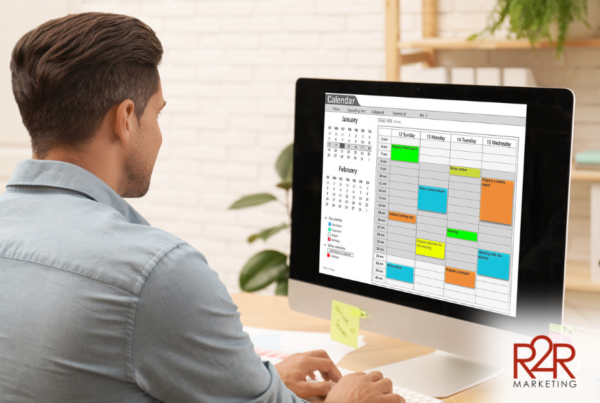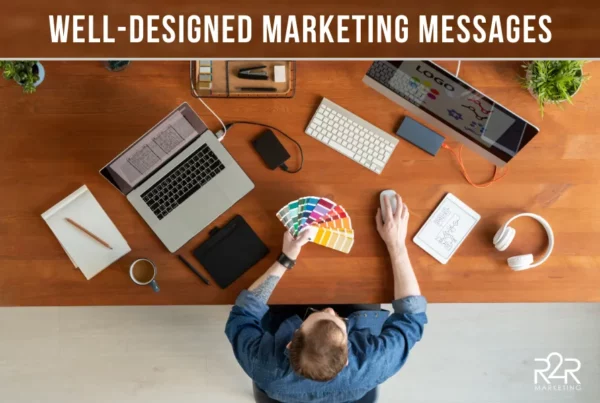Last week, we shared a tip for reactive marketing in social settings and being proactive in networking environments. We know that effective networking starts with a clear goal, a strategy to achieve the goal, and tactics you can use as you meet or reconnect with potential prospects, strategic partners and referral sources.
When it comes to tactics, our team typically uses one of two approaches, depending on the event and how many people we are likely to know. If we already have connections who are attending the same event, we focus on being the “introducer.” If we don’t know anyone, we become the “librarian.”
The introducer is the person who helps people make connections. Think of this role as the professional matchmaker, introducing people who are likely to have similar business goals. For example, introducing the home inspector to the replacement window contractor. Or the accountant to the financial planner. Both examples are likely to have the same target audience and the potential to share referrals.
Being the librarian means coming to the event with three or four timely topics that will be of interest to nearly anyone in a business setting. These can be a recent Ted Talk, a popular business or personal development podcast, an interesting article, etc. The idea is to have something you can mention in a conversation and have a link you can send the next day as part of a follow-up email or message.
The key is to make sure the topic is timely and likely to be of general interest to business acquaintances. Skip the sports, weather, and politics. Instead, have a few items that are unique and have broad appeal. Examples (as I write this) include the latest in the world of AI (artificial intelligence), Amy Cuddy’s Ted Talk on body language, or an article in Wired Magazine about TikTok influencers.
You don’t have to be an expert on the topic – but you should be familiar enough with the article, podcast, etc., to hold a conversation about what you read or heard. You can ask people if they heard/saw/read the piece and either inquire how they liked it or share a brief overview and solicit their opinion.
If they are familiar with what you mentioned, your follow-up references an enjoyable conversation and shares another article or podcast episode they may enjoy. If they haven’t read/seen/heard what you mentioned, you send a follow-up link.
No matter which approach you utilize, you will be remembered for sharing your connections or “library” of information, and that will create a much more positive emotional reaction than trying to sell your service or suggesting, “Let’s get together and talk about how we can help each other’s business.”
Of course, these aren’t the only ways to network, but they are two of the go-to methods the R2R team uses for networking events.





